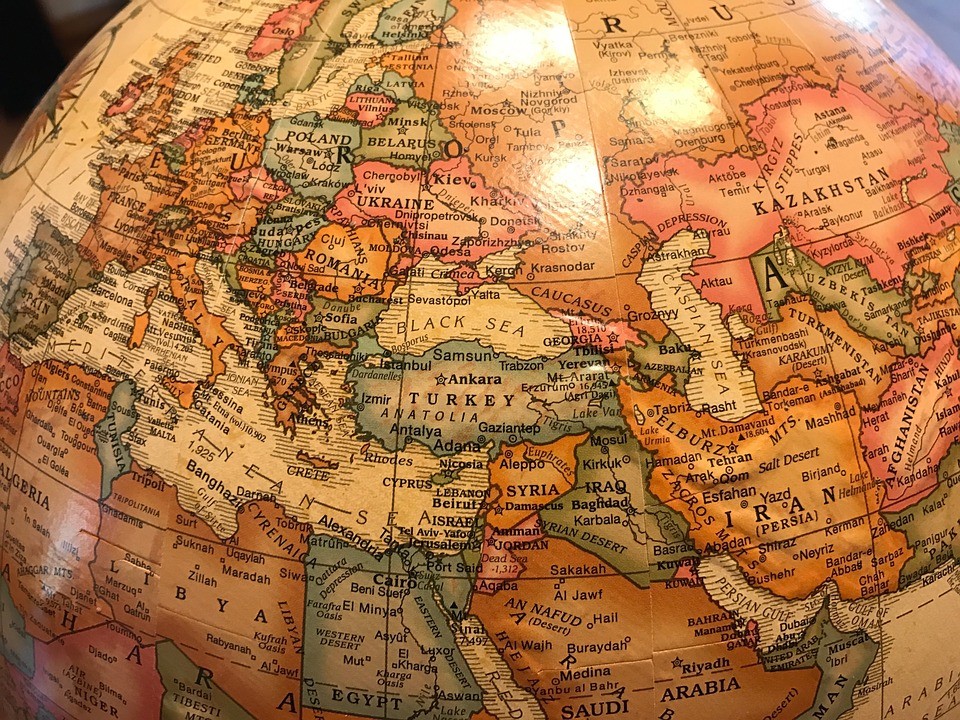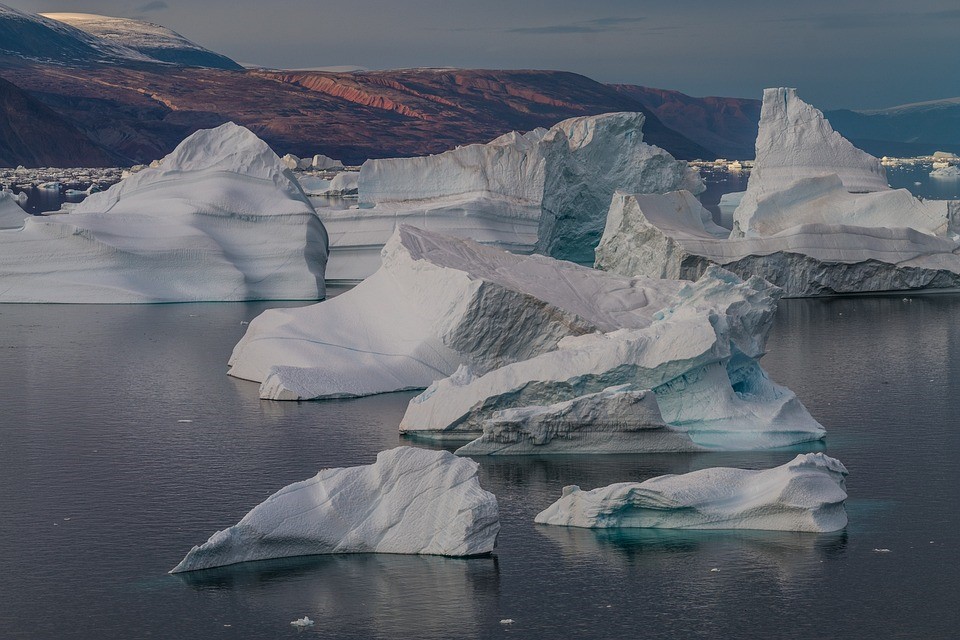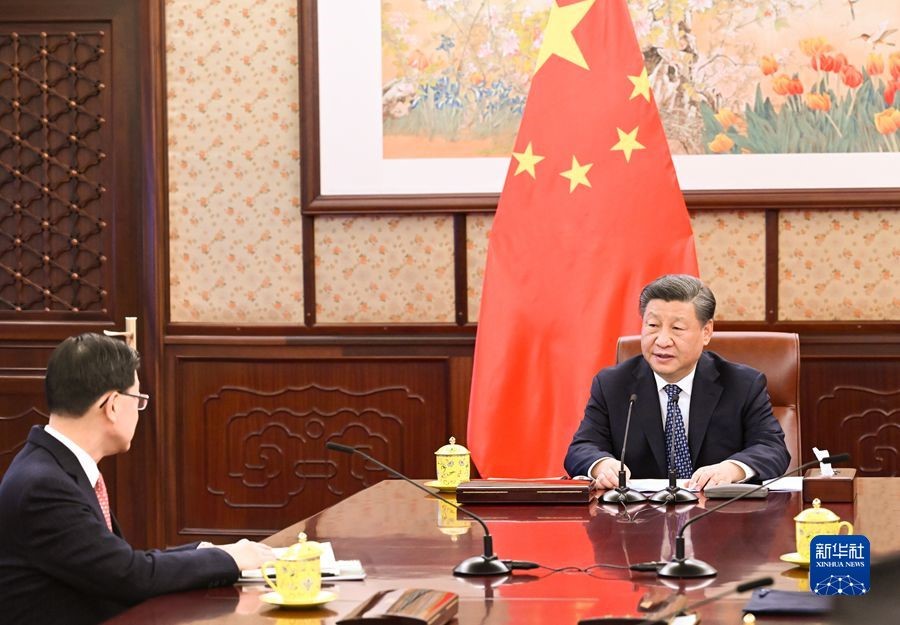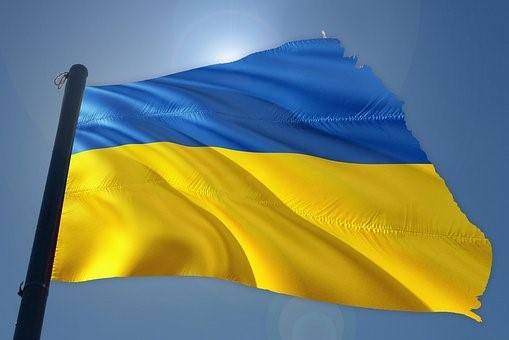As many as 37 million Chinese could have been infected with Covid-19 in a single day this week. China’s December total of Covid-19 infections now appears to stand at around 248 million people or 18% of China’s total population. The infected roughly make up a population the size of Indonesia. “The scale of infections and death, suggests that the virus has spread beyond major urban centers such as Beijing and Shanghai into the countryside… [and] presents a major challenge for China as its rural healthcare infrastructure is ill-prepared to handle a mass wave of infections. Yet, despite the serious nature of the pandemic, the Chinese government decided to lift restrictions for Chinese wishing to travel outside the country. It is seen by some analysts in the West as an attempt to level the playing field by reinfecting foreign populations around the world.
Re-weaponizing the virus is only one branch of China’s aggressive foreign policy. For the first time in the history of Russian-PRC relations Russian naval assets are expressly practicing implementation of a blockade together with their Chinese counterparts. The joint naval exercise was held from December 21-27 near islands off of Taiwan. The Global Times reports that “due to the background of the Russia-Ukraine conflict and the fact that the military exercise area is the closest to Taiwan in the past 10 years, the misunderstandings and misinterpretations arising from this joint military exercise are more than in previous years. US and Western public opinion is watching the military cooperation between China and Russia with vigilance.”
The naval drills have carried express political implications, from the mock-blockade of Taiwan following Speaker Pelosi’s visit there to one of the largest assemblies of a Chinese carrier group shortly after Japan announced its new, more aggressive national security strategy, according to the Jamestown Foundation. “Joint Sea 2022” appears to be a reaffirmation of Russian support for China in any potential cross-strait conflict. As tensions increase, US Ambassador to NATO Julianne Smith suggested that the implications of the military cooperation are far-reaching and that China and Russia are increasingly sharing a “toolkit of strategies to undermine NATO.”
A Global Times editorial published this week adds that “Some subjects of the exercise, such as anti-submarine and air defense, involve relatively sensitive data, reflecting the high strategic mutual trust and transparency between China and Russia, which will be further deepened and enhanced along with the exercise.” In addition to raising the two countries’ capabilities in maritime combat and joint operations, the exercise is a further indication that China is not turning inward nor is it backtracking on its aggressive stance in the East China Sea. The Russian Foreign Ministry defends the so-called “no limits” relationship between the two communist nations by labeling it as a “counterweight to the United States.”
Russia and China, according to The Hill, have engaged in multiple military drills since Putin’s invasion of Ukraine last February, including nuclear-capable bomber flights in May that took place during President Biden’s visit to Japan. A September joint exercise involved more than 2,000 Chinese troops, and the two countries in November flew bombers in joint patrols over the Sea of Japan and the East China Sea. China and Russia are continuing to develop their mutually convenient friendship with the world as witness to drills that reflect a growing defense cooperation between the two countries. What is concerning to analysts is how far the cooperation will go in the coming year. Neither country has an extensive list of countries friendly to them or their causes. According to the Russian News Service TASS, Chinese President Xi Jinping is scheduled to speak with the Russian President before the end of the year. There is no indication that the relationship will change. Although China’s rise to power over the last few decades has skewed the relationship in Beijing’s favor, it still needs Moscow to distract the world from the CCP’s misadventures. Taken individually, each event cementing their bilateral relationship does not represent a new, more dangerous level of security threat to the world. In combination over time, however, the Russia-China relationship may end up destabilizing the free world and potentially lead to kinetic warfare in Asia, Central Asia, or Europe.









